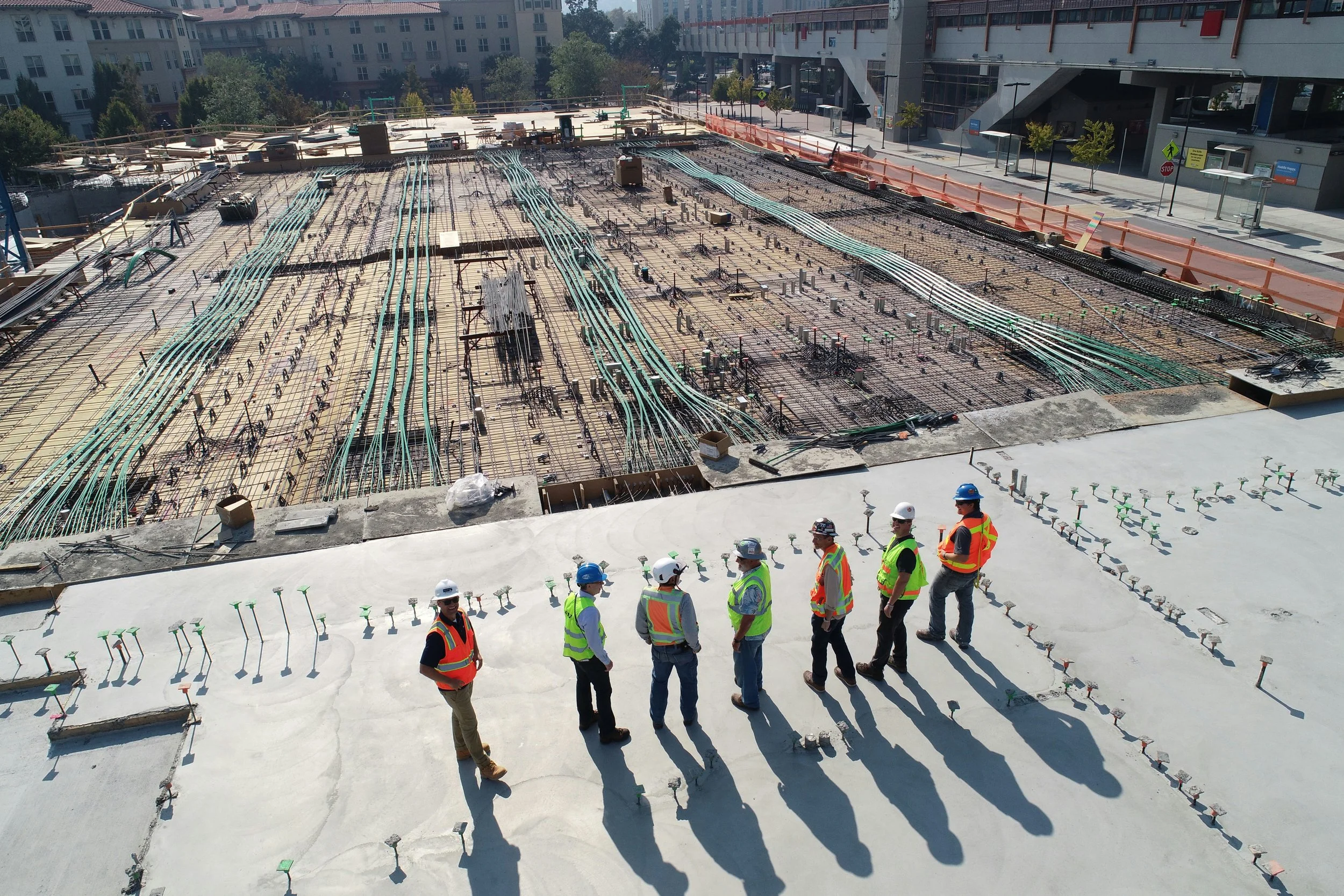Navigating the Impact of New Tariffs on the Architecture Industry
The landscape of construction and architecture is constantly evolving, but recent shifts in global trade have introduced a new set of challenges for architects, contractors, and vendors alike. With the imposition of new tariffs, particularly on materials such as Canadian wood and Chinese steel, the architecture industry is facing unforeseen complications in both budgeting and project timelines. So, how are architects and contractors adjusting to these changes, and what strategies are emerging to mitigate the impact?
Understanding the Tariffs: The Big Players at Play
The recent tariffs on materials have caused significant price hikes, particularly in sectors that rely heavily on imports—wood from Canada and steel from China being two of the most notable examples. These materials are integral to many architectural projects, from residential buildings to large commercial structures. The introduction of these tariffs, while intended to boost domestic industries, has caused ripples throughout the supply chain.
For architects, the implications are far-reaching. Materials that were once affordable and readily available have suddenly become cost-prohibitive and scarce, leading to delays in sourcing and escalating budgets. Contractors are feeling the pinch as well, as material shortages impact construction timelines, creating a domino effect that can delay project completion.
How Tariffs are Impacting Budgets
The core of the problem lies in the increased cost of materials. Architects who once had a clear budget for a project now find themselves needing to adjust to higher costs. In some cases, these increased material costs are so substantial that they require a complete reevaluation of the project’s financial scope.
For many architecture firms, the challenge is finding ways to accommodate these increased costs without sacrificing quality or design intent. The process of “backing into budgets”—adjusting initial budgetary expectations to allow room for increased material costs—is becoming an essential strategy. Architects are being forced to reconsider certain design elements, materials, and finishes that may no longer fit within the revised budget.
Adapting Design Plans: Flexibility is Key
One of the most effective ways architects are navigating the impact of these tariffs is through design flexibility. As material availability fluctuates and prices change, it’s crucial to build in flexibility during the design phase.
Having alternative materials or systems in mind is a critical strategy. If wood from Canada is no longer an option or steel prices skyrocket, architects must be prepared to pivot quickly and choose alternative materials or construction methods that won’t compromise the project’s structural integrity or aesthetic value.
This flexibility should be embedded into the early stages of the design process, especially when it comes to permit drawings and specifications. By anticipating the potential unavailability of materials, architects can create designs that allow for easy substitutions or adjustments without significant redesigns down the line. This approach not only saves time and money but also avoids the need to revisit permits, which can further delay a project.
The Role of Contractors: Collaboration and Creativity
Contractors, too, are on the front lines when it comes to dealing with the impact of new tariffs. In many cases, they are finding creative ways to deal with rising costs and delays by exploring local vendors or alternative materials that are more readily available. Many are also leaning on their relationships with architects to brainstorm practical solutions, such as adjusting design elements to accommodate new material sources.
Contractor feedback is invaluable during this phase. For instance, some contractors have suggested sourcing steel from domestic suppliers or using alternative timber options that may not have been considered initially. This collaboration between architects and contractors is essential to ensuring that projects stay on track and within budget.
The Delays: What Can Be Done in the Interim?
While American manufacturers are working to ramp up production and fill the void left by the tariffs, it’s clear that this will take time. The process of reconfiguring supply chains and production lines is a complex one, and in the meantime, many architects and contractors are left navigating an unpredictable market.
So, what can be done in the interim? One option is to begin ordering materials in advance and stockpiling supplies to ensure availability when it’s needed. Another option is to explore partnerships with local manufacturers who are less affected by international tariffs. Though these options may add to initial costs, they can help mitigate the risks associated with delayed or unavailable materials down the line.
Looking Forward: What’s Next?
While the tariff situation is ongoing, the architecture industry is proving its resilience by embracing new strategies and collaborative solutions. Architects are finding ways to design more flexibly, and contractors are taking a proactive role in ensuring projects continue smoothly despite material shortages. The key takeaway is that communication, creativity, and careful planning are paramount during this time of uncertainty.
As American manufacturers work to meet the increased demand for materials, there’s hope that the market will eventually stabilize. Until then, architects and contractors must continue to adapt, strategize, and collaborate to navigate the new reality brought on by tariffs. The projects that emerge from this challenge will likely be those that demonstrate the strength and adaptability of the industry’s professionals.

